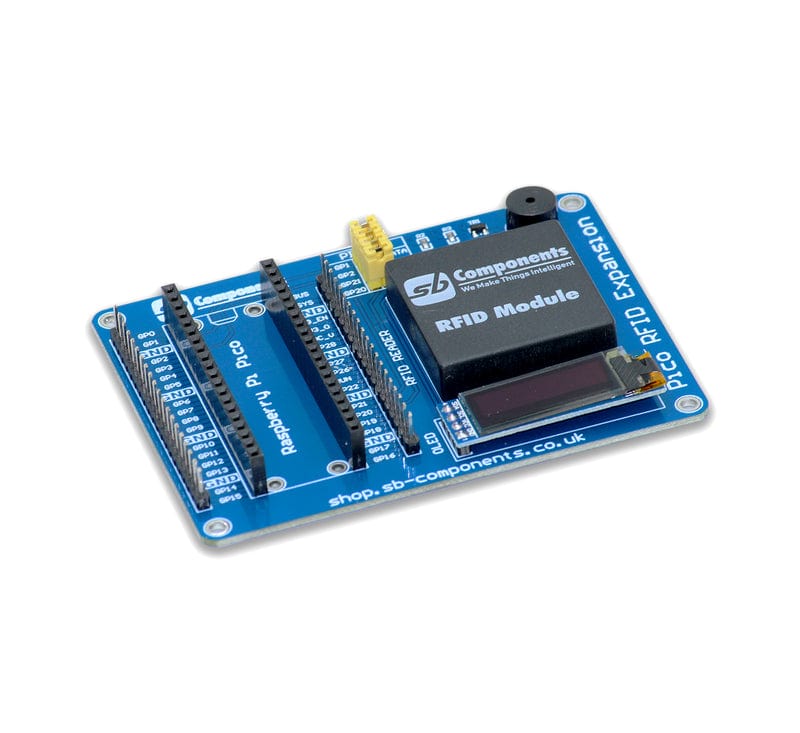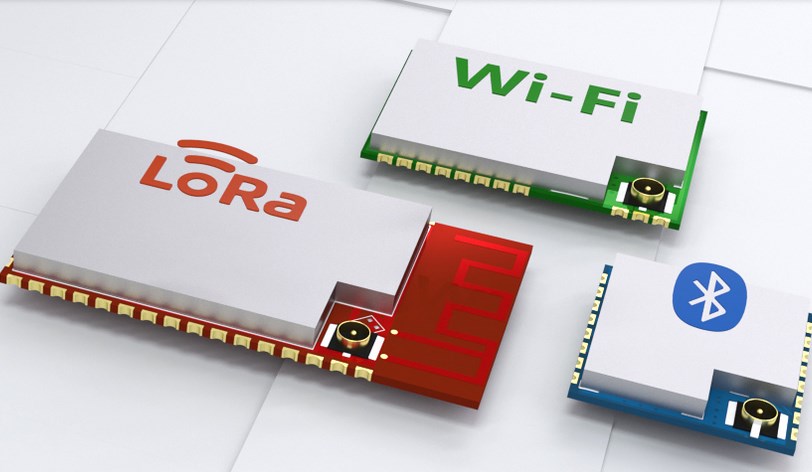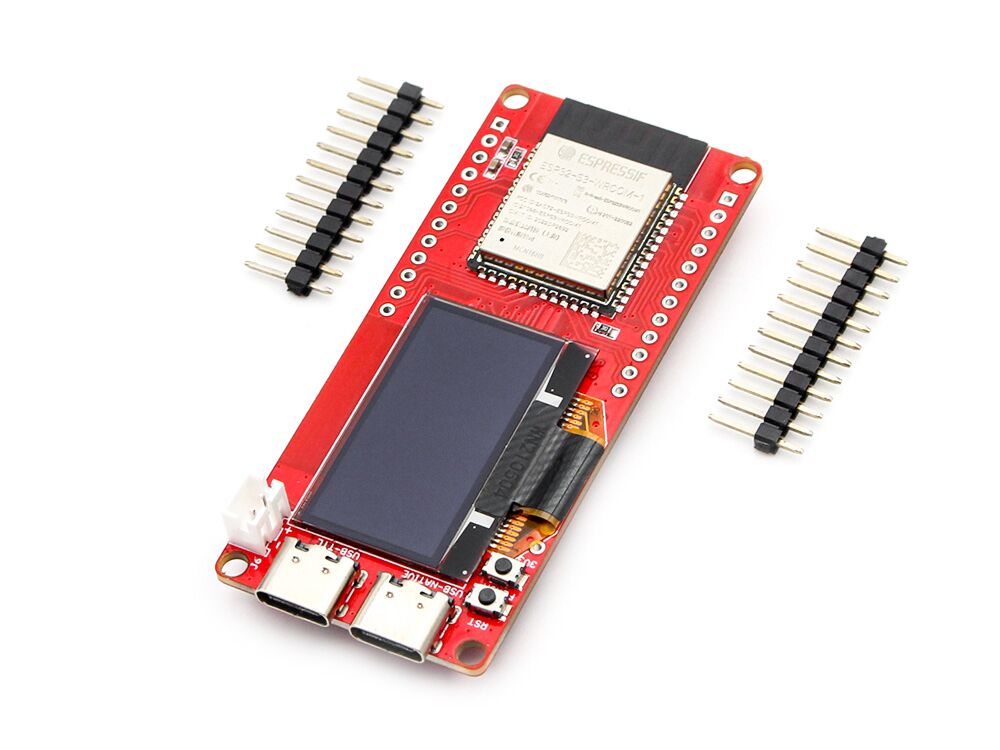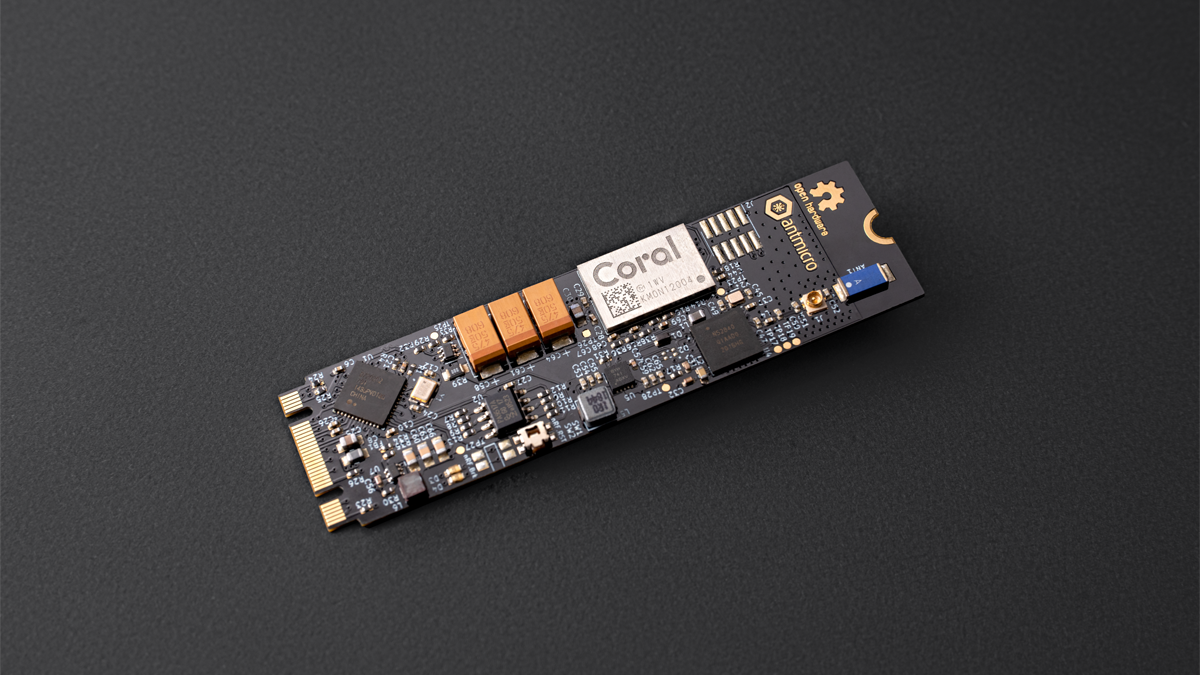Precise location data has become a key element in modern IoT and industrial systems. From asset tracking in factories to navigation in autonomous robots, accuracy directly affects safety, efficiency, and cost. WiFi and Bluetooth have long been the default choices for indoor positioning, yet both struggle to deliver consistent precision in complex environments. The UWB Module, built around ultra-wideband technology, offers a measurable leap in performance. With centimeter-level accuracy and low latency, it enables a new generation of applications that depend on reliable spatial awareness.
How WiFi and Bluetooth Estimate Position
WiFi and Bluetooth rely primarily on signal strength. Devices calculate their distance based on how weak or strong a received signal appears. In practice, this approach introduces significant error. WiFi positioning typically reaches 5–15 meters of accuracy. Bluetooth Low Energy (BLE) beacons improve that to roughly 2–5 meters, depending on interference and the density of transmitters. These results are adequate for general tracking or proximity alerts, but not for robotics or autonomous navigation, where sub-meter accuracy is essential.
The Science Behind UWB Accuracy
A UWB Module transmits ultra-short radio pulses across a broad spectrum, typically between 3.1 and 10.6 GHz. It measures distance using time-of-flight (ToF) — how long it takes the signal to travel from tag to anchor. Because UWB resolves time in nanoseconds, it achieves distance precision down to 10–30 centimeters. Research from the IEEE Communications Society in 2023 found that UWB’s spatial resolution outperformed BLE by up to 20 times. Its resilience to multipath interference also makes it ideal for environments with metal surfaces or moving objects.
Comparing Real-World Performance
Several companies have tested these technologies in real conditions. In a Volkswagen assembly plant, engineers used UWB to track forklifts and reported an average accuracy of 15 cm across 3,000 m². In contrast, BLE beacons drifted up to 2 m. Apple’s AirTag uses compact UWB Modules to locate objects precisely, even behind walls or furniture, illustrating how the same principle scales to consumer applications. WiFi, while useful for indoor navigation in public spaces, cannot compete in precision due to its reliance on signal strength rather than timing.
| Technology | Typical Accuracy | Latency | Power Use | Best Application |
|---|---|---|---|---|
| WiFi | 5–15 m | Medium | High | General indoor tracking |
| Bluetooth (BLE) | 2–5 m | Low | Low | Proximity alerts, retail |
| UWB | 10–30 cm | Very Low | Moderate | Industrial, logistics, robotics |
Power Consumption and Integration
Energy efficiency often decides which technology fits a project best. WiFi drains power quickly because it continuously transfers large data packets. Bluetooth offers low-energy operation but struggles in high-precision tasks. A UWB Module, by contrast, transmits very short bursts of data. Qorvo’s 2024 report showed UWB tags consumed up to 35–40% less power than Bluetooth beacons during periodic ranging. Developers can also tune update rates, trading accuracy for battery life, depending on the application — flexibility WiFi cannot match.
Industrial and Commercial Use Cases
UWB adoption is accelerating across multiple industries. In healthcare, hospitals deploy UWB to track medical equipment and monitor patient movement with room-level accuracy. Logistics companies use it to manage pallets and forklifts in large warehouses, improving operational flow. Automotive brands, including BMW and Hyundai, integrate UWB Modules into keyless entry systems, allowing vehicles to detect owners within centimeters — eliminating signal spoofing attacks common in older radio systems. In smart homes, UWB enables motion-aware lighting, door automation, and spatial audio synchronization.

Market Growth and Challenges
The main challenges for UWB adoption lie in cost and infrastructure. Each facility requires anchors and calibration, increasing setup complexity. However, prices continue to drop as chipmakers like NXP, Qorvo, and STMicroelectronics scale production. ABI Research projected that by 2026, over 1.3 billion UWB devices will ship annually, driven by smartphones and IoT deployments. That growth suggests UWB will complement rather than replace Bluetooth and WiFi, offering accuracy where it truly matters. Regulatory approvals across regions such as the FCC (US) and ETSI (EU) have also accelerated deployment confidence.
The Future of Precision with UWB Module
The decision between UWB Module, Bluetooth, and WiFi depends on your project’s priorities. WiFi suits data-heavy connectivity, Bluetooth fits low-cost consumer applications, and UWB dominates in real-time accuracy. As IoT expands into smart manufacturing, healthcare, and mobility, precision location becomes the backbone of automation. The UWB Module delivers that precision — consistent, reliable, and measurable. It transforms how devices perceive space, bringing the digital and physical worlds into perfect alignment, one centimeter at a time.







